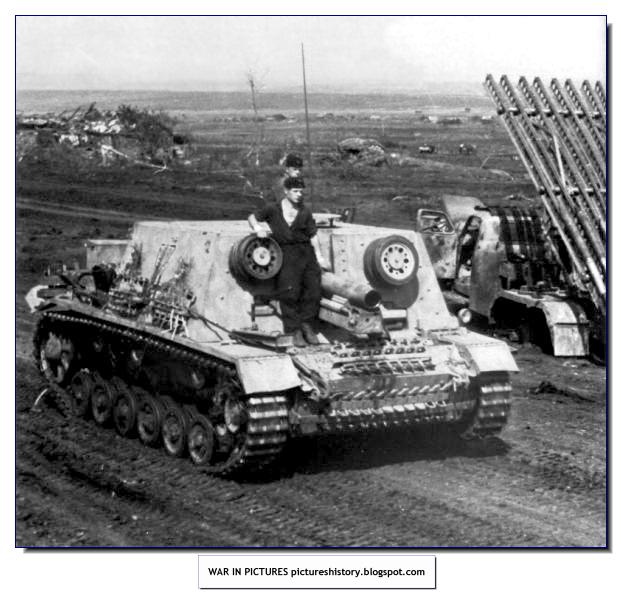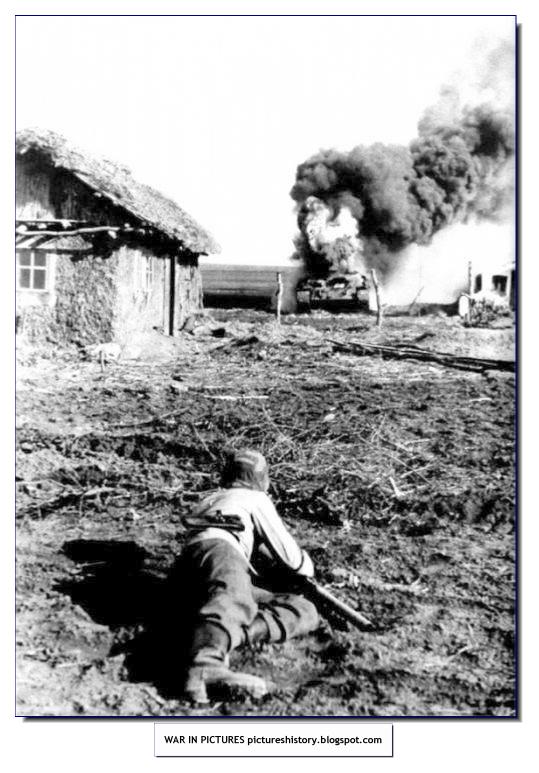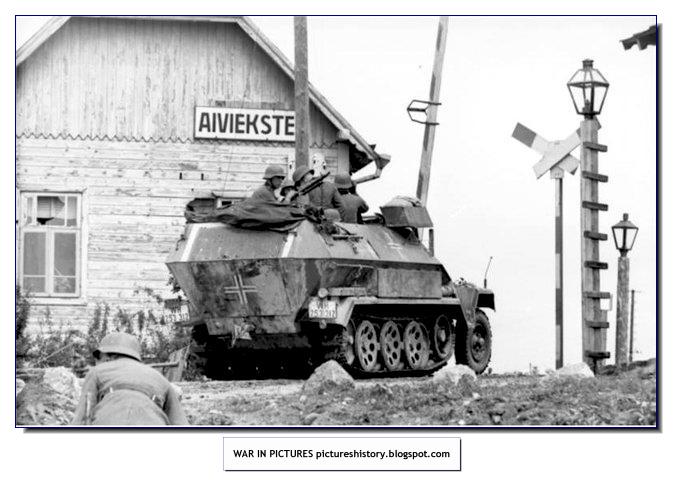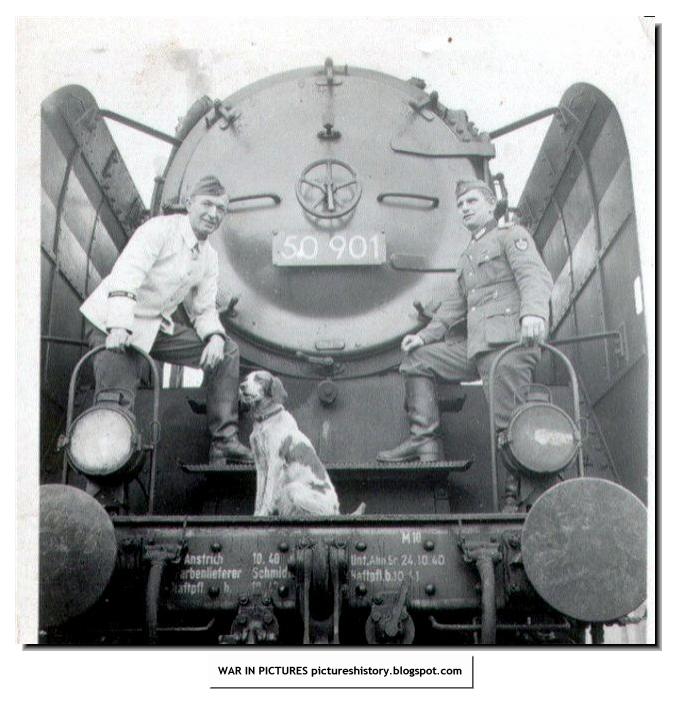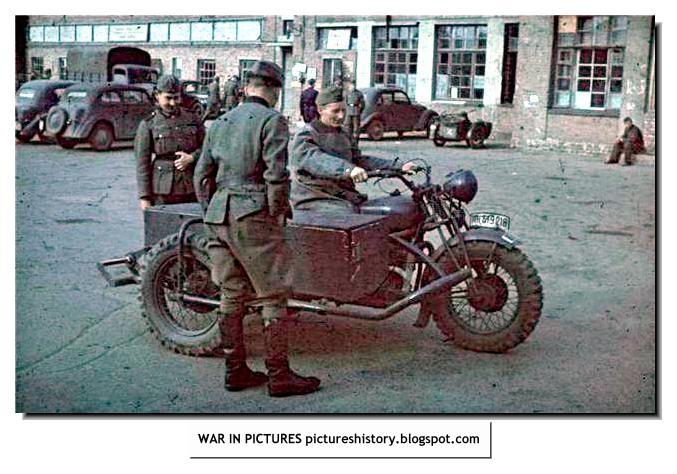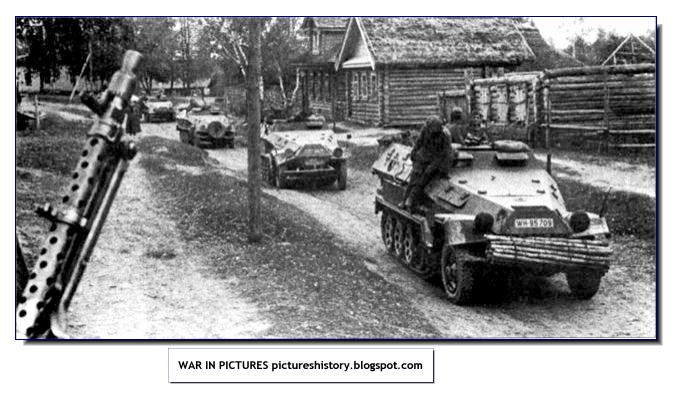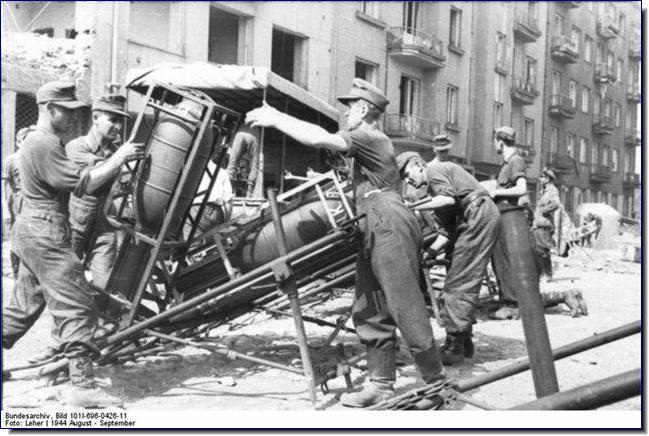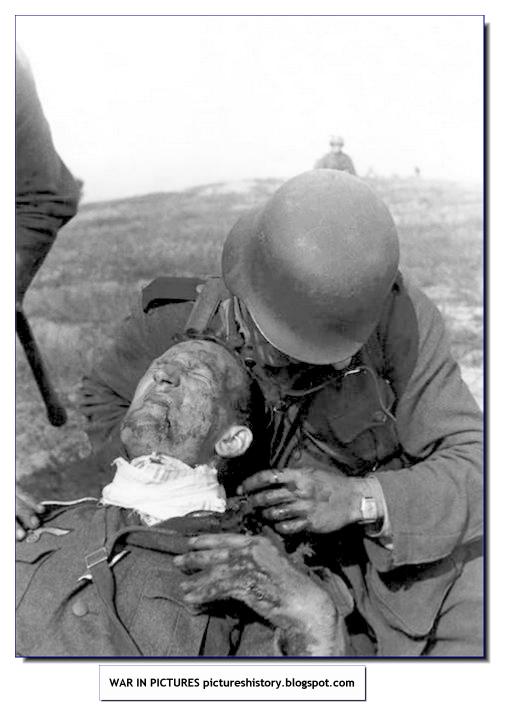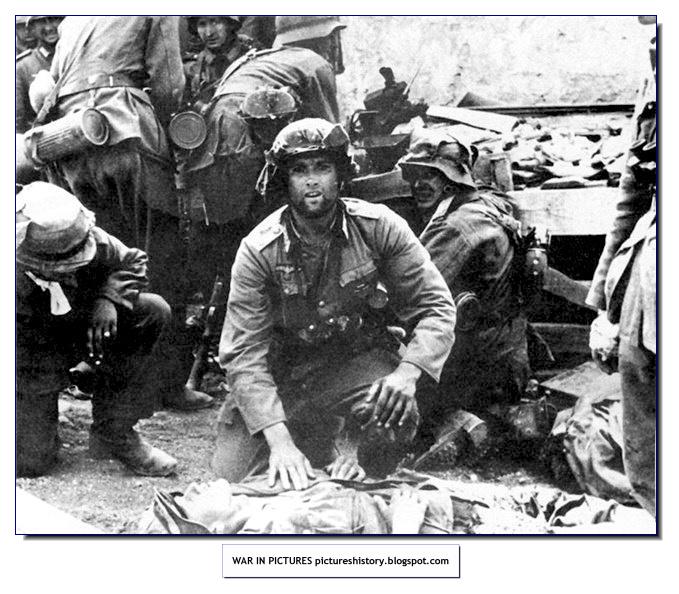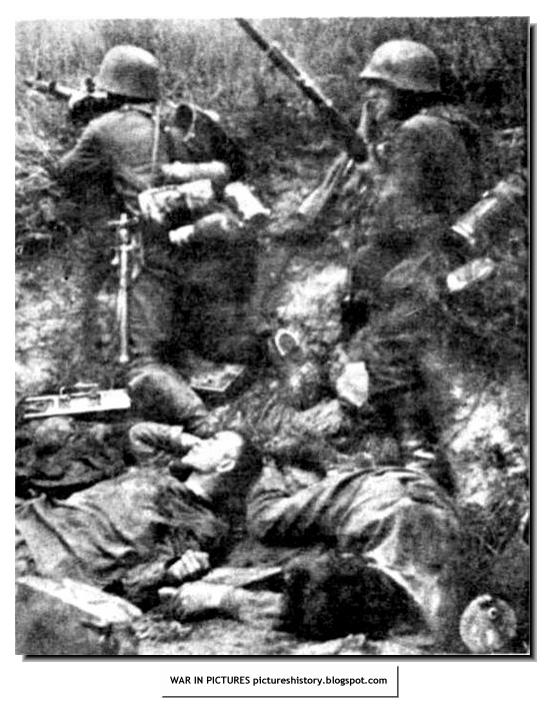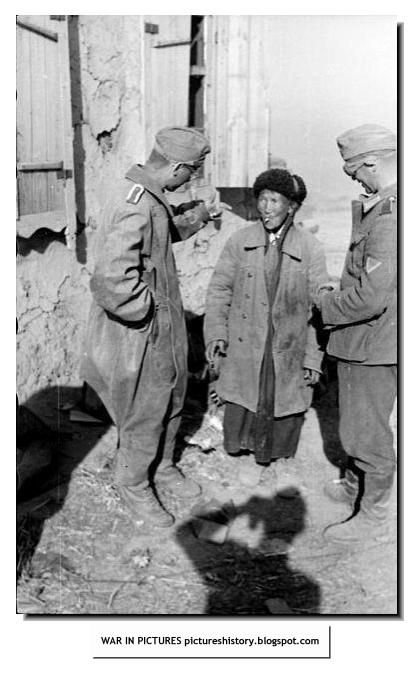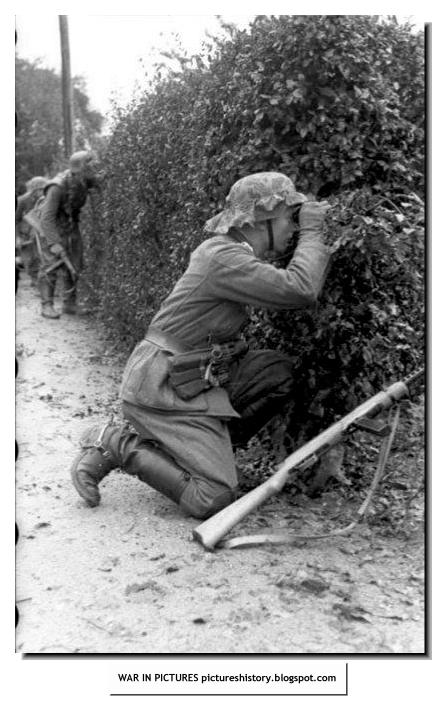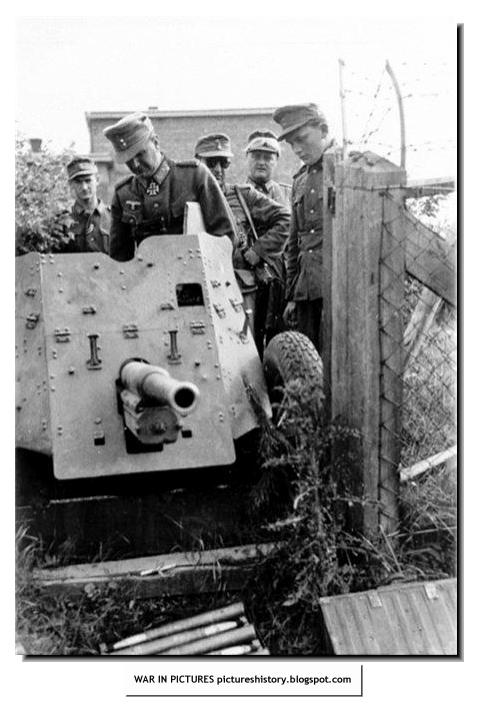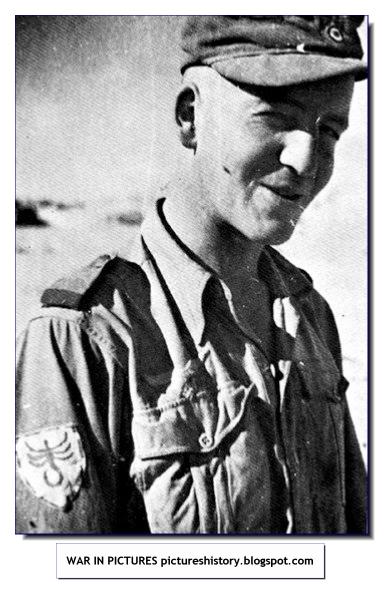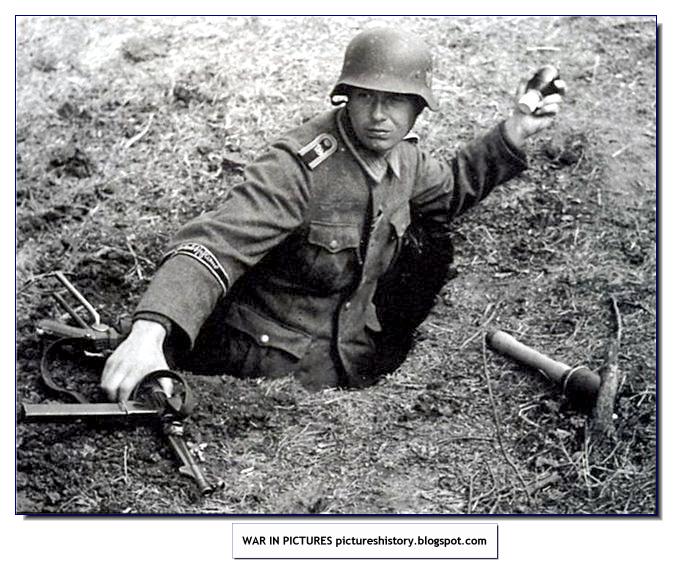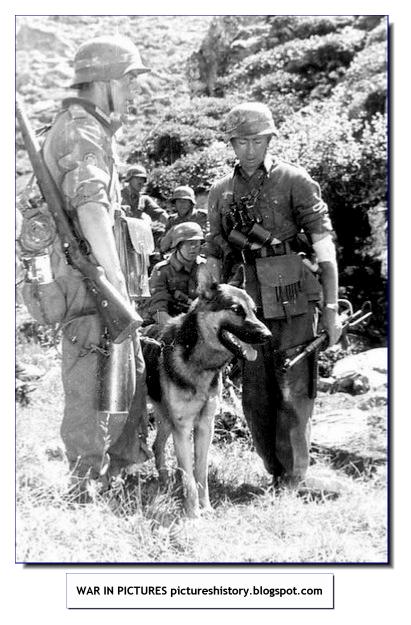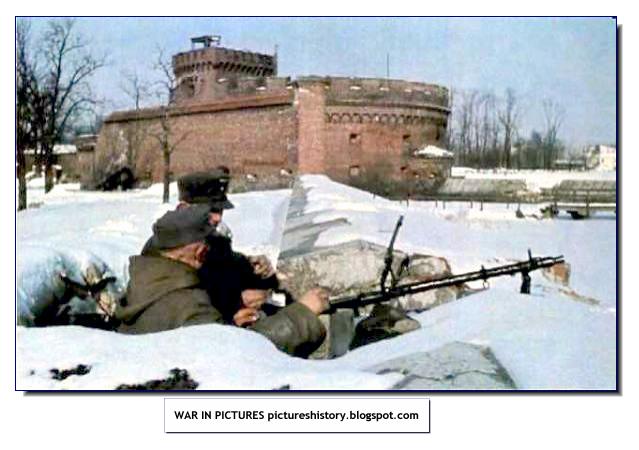RAD (German Labor Front)
(Reichsarbeitsdienst; RAD), a mandatory national service for all able-bodied citizens of the Third Reich. Shortly before coming to power in one of his speeches, Hitler promised that he would be able to eradicate unemployment in the country, and the easiest way: first, from the number of unemployed labor battalions will be formed, which then swell the ranks of the armed forces.Act of June 26, 1935 declared labor service compulsory for all German citizens aged 19 to 25 years in the framework of the established Imperial Service Labour. Twice a year, all young Germans (each group of up to 200 thousand people) were sent to work in labor camps, mostly for agricultural work. Within 6 months the men worked on farms and fields, while women helped with the housework.
In the labor camps under the supervision of the Nazi commissars strictest discipline was maintained in accordance with an elaborate statute.
Hitler considered compulsory labor as a necessary step for a successful program of rearmament of Germany. . According to him, men who shoulder a shovel, will be able to wear and weapons. In addition, the labor service provided labor market lots of cheap labor and reduced unemployment in the country. In September 1936 at the Party Congress, Hitler announced that the number of unemployed in the country has fallen from 6 million to 1 million The statement added the Hitler's popularity in a country which for years has been burdened by unemployment.
Later during the war men from RAD were trained to use arms
An Italian soldiers stands guard as the German general walks in
German infantry assault weapon StuG33B passes by destroyed Katyusha.
A SS man watches as a Russian tank burns
Evacuation of the wounded. July 1942
A German tank trundles on in the Baltics. 1941
This man clearly hates the army food
SS men on motorcycles
Trouble in Russia
In Kharkov in 1942
German soldiers march towards Paris
The German soldier checks the papers of the Russian woman
Acting against the Warsaw Uprising
Tending to his wounded comrade
German paratroopers in action
WHAT WAS RAD?
(Reichsarbeitsdienst; RAD), a mandatory national service for all able-bodied citizens of the Third Reich. Shortly before coming to power in one of his speeches, Hitler promised that he would be able to eradicate unemployment in the country, and the easiest way: first, from the number of unemployed labor battalions will be formed, which then swell the ranks of the armed forces.Act of June 26, 1935 declared labor service compulsory for all German citizens aged 19 to 25 years in the framework of the established Imperial Service Labour. Twice a year, all young Germans (each group of up to 200 thousand people) were sent to work in labor camps, mostly for agricultural work. Within 6 months the men worked on farms and fields, while women helped with the housework.
In the labor camps under the supervision of the Nazi commissars strictest discipline was maintained in accordance with an elaborate statute.
Hitler considered compulsory labor as a necessary step for a successful program of rearmament of Germany. . According to him, men who shoulder a shovel, will be able to wear and weapons. In addition, the labor service provided labor market lots of cheap labor and reduced unemployment in the country. In September 1936 at the Party Congress, Hitler announced that the number of unemployed in the country has fallen from 6 million to 1 million The statement added the Hitler's popularity in a country which for years has been burdened by unemployment.
Later during the war men from RAD were trained to use arms
An Italian soldiers stands guard as the German general walks in
German infantry assault weapon StuG33B passes by destroyed Katyusha.
A SS man watches as a Russian tank burns
Evacuation of the wounded. July 1942
A German tank trundles on in the Baltics. 1941
Grenadiers Panzer SS Division Totenkopf during the Battle of Kursk
This man clearly hates the army food
SS men on motorcycles
The Germans take the first steps into Soviet occupied Poland. June 21, 1942
Trouble in Russia
In Kharkov in 1942
German soldiers march towards Paris
The German soldier checks the papers of the Russian woman
Acting against the Warsaw Uprising
Tending to his wounded comrade
German paratroopers in action
He died in the early days of Barbarossa
Raupenschlepper Ost, literally "Crawling Tractor - East", is more commonly abbreviated to RSO. This fully tracked, lightweight vehicle was conceived in response to the poor performance of wheeled and half-tracked vehicles in the mud and snow during the Wehrmacht's first winter on the Soviet Front. The RSO may have been inspired by very similar full-tracked small tractors in use in other armies, mostly originated from the pre-war light to medium series of Vickers artillery tractors
MORE WEHRMACHT IMAGES
Raupenschlepper Ost, literally "Crawling Tractor - East", is more commonly abbreviated to RSO. This fully tracked, lightweight vehicle was conceived in response to the poor performance of wheeled and half-tracked vehicles in the mud and snow during the Wehrmacht's first winter on the Soviet Front. The RSO may have been inspired by very similar full-tracked small tractors in use in other armies, mostly originated from the pre-war light to medium series of Vickers artillery tractors
MORE WEHRMACHT IMAGES






